“Writing Gaijin” a.k.a. Corey Brotherson is a writer for websites, publishers, magazines and TV. As a published comic book writer, he’s co-created Bad Luck Inc., L33tspeak, A Twilight’s Promise, Fragile, The Twilight Cleaner, and Magic of Myths
I bumped into Corey (almost literally) during San Diego Comic Con this past summer while looking for a mutual friend, Ben McCool. (yes, his name is that awesome) and we immediately hit it off talking about some of our favorite comic projects.
After about five minutes talking about his project, Magic of Myths, I knew this story had to be told. So without further ado, ladies and gentlemen, welcome, Corey Brotherson.
SeagateCreative: What was the inspiration behind creating Magic of Myths?
Corey Brotherson: Like many creations, it came pretty much by accident, at least at first.
Back in 2003 I was putting together a pitch for Marvel Comics’ then creator-owned publishing line, Epic Comics. I saw it as an opportunity to fulfill a childhood dream of writing funny books for Marvel, and after mulling around with a Silver Surfer pitch, then a Sleepwalker one, I started putting together ideas for my own miniseries.
I wanted to create something that had a look at the idea of mythology – not just classical, but modern day as well, and the effect it has on our lives in both a small and wide scale. I was raised on Greek mythology in particular, and between the books my parents got me and the Ray Harryhausen special effects movies like Clash of the Titans and Jason and the Argonauts, I’d become a huge fan.
At the same time, I wanted to look at the way modern myths were built, whether that’s the myths created by our parents (and the mythological figures our parents can become) or those that we’re influenced by. Further to that, and due to no small part of Sandman’s influence, I wanted a story that ultimately became about stories – the vehicles for myths themselves. So things like fairy tales and nursery rhymes also became something I looked into. I wanted a stage where it was possible for two gods from different cultures, like Odin and Zeus, to clash while a demented Snow White dances in the background – at least, on a metaphorical level. Magic of Myths has very much evolved over time, as I’d only written a plot draft and a 22 page first issue in the original pitch when Epic Comics was killed by Marvel, and I didn’t come back to it until 2008, where several more elements were introduced to what it is today.
SeagateCreative: What was it about this project that brought you and Sergio Calvet together?
CB: Funnily enough, we were put together. By 2008 I’d written a few stories for Futurius Comics, and its publisher/owner Daniel Lundie, handpicked Sergio and me for an anthology comic book project series. I mentioned Magic of Myths to both of them, they liked it and we started creating. I asked Sergio if there was anything in particular he wanted to work on in the series, and he said he’d love to draw a female lead character, so the lead of the story – ‘Adam’ – turned into ‘Eve’ and as such large parts of the tale changed with it to reflect the switch of sex. It turned out a better story for it, I reckon.
Sadly, the anthology didn’t come to full fruition, but Sergio and I clicked on Magic of Myths and we were convinced by Dan to continue it by ourselves.
SeagateCreative: Given you two work in different countries, how does your creative process work?
CB: Telepathy! And I don’t mean that in a snarky way – yes, it’s a metaphorical and slightly woolly, but the creative relationship I have with Sergio is one of those bonds that just… works. He gets what I’m after and the sort of tone I want in the story and he’s a wonderfully proficient and versatile storyteller, which makes my job much easier.
Basically, I send over an email (I’m based in London, UK) with some ideas that I’m playing with, and then Sergio (based in Barcelona, Spain) puts some sketches together for the characters. I write out the plot and start the script, then they’re emailed over and Sergio subsequently sends me roughs, then inks and then colored versions.
Each stage rarely needs more than a couple tweaks – because Sergio can read between the lines of my script and ascertain the kernel of what each scene is about and the best way to visually interpret that. I’ve been lucky in the sense many of the artists I’ve worked with can do this, but it’s a far more rare skill than you’d probably realize.
For me, the key component to any creative collaboration is communication. I’ve watched whole projects collapse because the artist and writer didn’t communicate, whether that’s by not returning emails, not being clear, being too volatile, being too egotistical or just not seeing eye-to-eye. Creators, by and large, are quite insecure creatures – I’m not excluded from that – and it doesn’t take much for things to spiral out of control into a heated mess. Collaborating means being open to others and hopefully sharing a vision, and that’s something Sergio and I definitely share (or at least I hope we do 😉
SeagateCreative: Magic of Myths has a very unique look and feel. How did you choose this tone and style for the book?
CB: That’s mostly Sergio – he has a very distinctive style that blends European influences along with US artist inspirations like Mike Mignola and Jack Kirby. For my own sanity, I try not to have too strong an idea of what I think a book should look like until an artist is involved. While I’ll often try and find an artist which I feel suits the general tone and ideas of the book, discovering a good *and* reliable artist (hell, any creator for that matter) is difficult enough, so I try not to constrain things from the get-go.
Sergio gave the book its style, which was to inject an energy and vibrancy in the fantasy world that Eve adventures in, compared to a drabber and mundane real world she lives in. I wanted something which slightly mimicked [Ray] Harryhausen and mythology of yore, and for the tale to have, at times, a larger than life quality, which Sergio has captured. There are also a fair few dramatically darker elements in the story, both on an action front and personal drama front, and Sergio is very good at blending the two without them jarring. His style stands out wonderfully well.
SeagateCreative: Magic of Myths is obviously a stark contrast to your work on Clockwork Watch. What are you finding to be the main creative differences between the two?
CB: The biggest difference is that Magic of Myths started from my own ideas and developed with me over time (and then with Dan and Sergio), while my work on Clockwork Watch is adaptation.
The creator of Clockwork Watch – Yomi Ayeni – sent me his original screenplays and asked if I could change them into comic books, so the stories already existed, but I had to ‘massage’ them for the medium.
I wouldn’t say that one is necessarily easier than the other, either. With Magic of Myths, the universe has to be consistent, but it’s something I’ve directly created. If I break a rule of the Magic of Myths world it’s my own fault as I should have been aware of it in the first place. And if certain rules aren’t there (because they’re not needed until the narrative calls for it) then I can write something that works for the story.
With Clockwork Watch, that universe and all of its rules are already established, so I have to tread more carefully and work closer with Yomi to make sure what I’m doing doesn’t contradict anything else – something especially more perilous as Clockwork Watch is a transmedia story and takes place across many different mediums. So I have someone else watching out for me on that front, even though it involves less control, in a way.
Adaptation is a tricky beast, too. I read a lot of forums on shows like Game of Thrones, book to film adaptations and manga to anime like Attack on Titan, and it’s somewhat saddening that many people don’t really have a clear understanding of what ‘adaptation’ means. A story in one form rarely translates word for word, scene for scene, into another. I’ve seen countless people complain that their favorite character got a short shrift, a scene they liked was chopped, that a scene which never existed in the original story is “filler” and all sorts of other things, when the truth is often that these changes are made because the new medium this story is in demands it. The finer points of narrative structure and time operate differently in film to TV to comics to books, some characters don’t work as well (whether that’s visually, or maybe the story element fails under the different scrutiny of the medium etc.), some scenes can ruin the pacing when transferred, and so on. And sometimes, in the big picture, changes have to be made that won’t make total sense when compared to the original story until you’ve seen the whole thing (this is especially true of episodic mediums, where we’re only taking in the story episode by episode as dictated by a TV network’s schedule, rather than how many chapters of a book we can read in a night).
So with Clockwork Watch, it wasn’t just a case of putting each scene into panels and job done. Much of it involved chopping or rewriting dialogue, switching scenes around for pacing (a screenplay’s pace can be dictated by a running screen-time, a comic book’s pace can be actively controlled by the reader and as such more dictated by scene transition and panel sizes), and in some cases whole parts had to be written from scratch to introduce a new character (as requested by Yomi) or to give the story more resonance to its medium.
On top of that, it becomes a three-way collaborative process when including the artist, Jennie Gyllblad, each with our different perspectives. As a result, it takes more time and becomes a more intricate process. There have been instances where we’ve spent days debating a page in Clockwork Watch, and just to make life even more interesting, we’ve also had to include the faces of hundreds of backers who crowdfunded the first graphic novel, so some scenes had to be recreated with that in mind.
SeagateCreative: Given the differences between the two “universes”, do you find one more creatively compelling to work in than another?
CB: Steampunk is something I’ve had to grow to learn in terms of its conventions and tropes, compared to fantasy, which I’ve been familiar with since about 4 years old! So Clockwork Watch is definitely more challenging in that respect. No less creatively compelling, but it’s taken more groundwork, even as an adaptation. Working on Clockwork Watch is fun because I get to play in someone else’s sandpit and work with pre-built characters, deconstructing them and then adding to them.
Magic of Myths scratches another, different itch as it’s an original project that Sergio and I entirely own. If we decide to kill off a main character or take one in an entirely new direction because it makes sense for the needs of the story, we can do that whenever we want, however we want. And due to the fantasy genre (and the fact we’re actively referencing expectations of that genre, but I can’t say any more without giving away a big plot point), there’s more ‘crazy s***’ freedom in the tropes that exist there. But both are amazingly satisfying to write and create in.
SeagateCreative: What does the Corey Brotherson dream project look like?
CB: Heh, besides a book with John Cassaday? I’m not even kidding. I would actually love to play with and maybe reinvent an established, but underused/new character like Sleepwalker (again!) for one of the larger houses, alongside with a juggernaut talent like Cassaday. That would be me in a candy shop made of chocolate and liquid joy. Beyond that, I’ve spent a few years putting together the foundations of a couple of big creator-owned projects, so it would certainly be a dream come true to see them on shelves, especially with a big artist involved. I’m ‘easily’ pleased, that way.
Keep up with Corey on these social channels:
Official Site
Twitter
Facebook



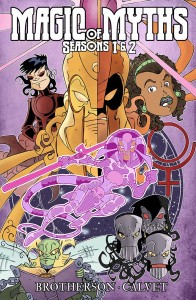
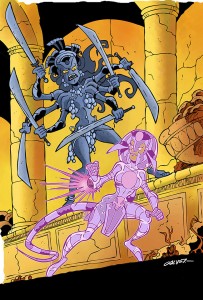
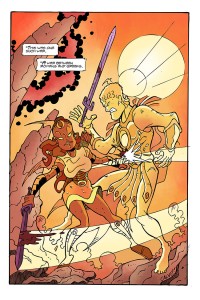
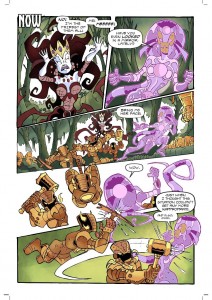
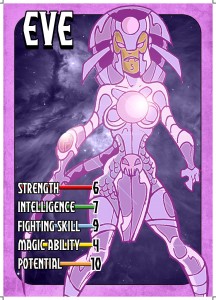
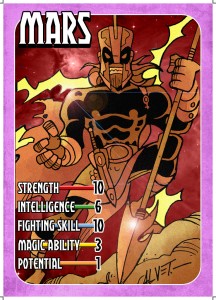

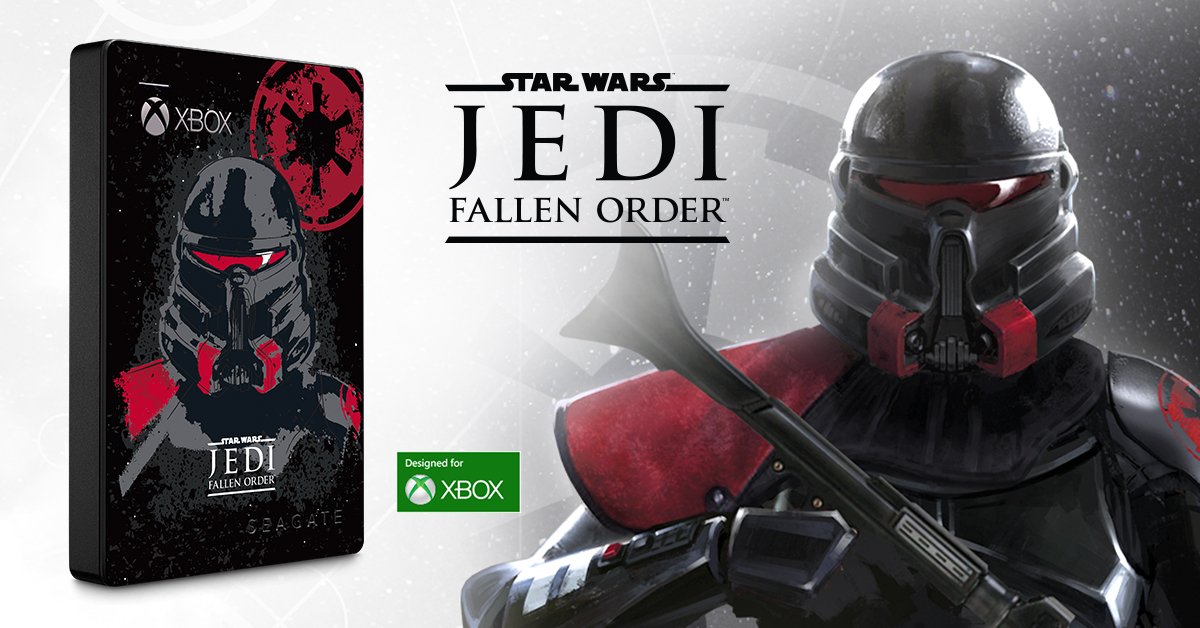


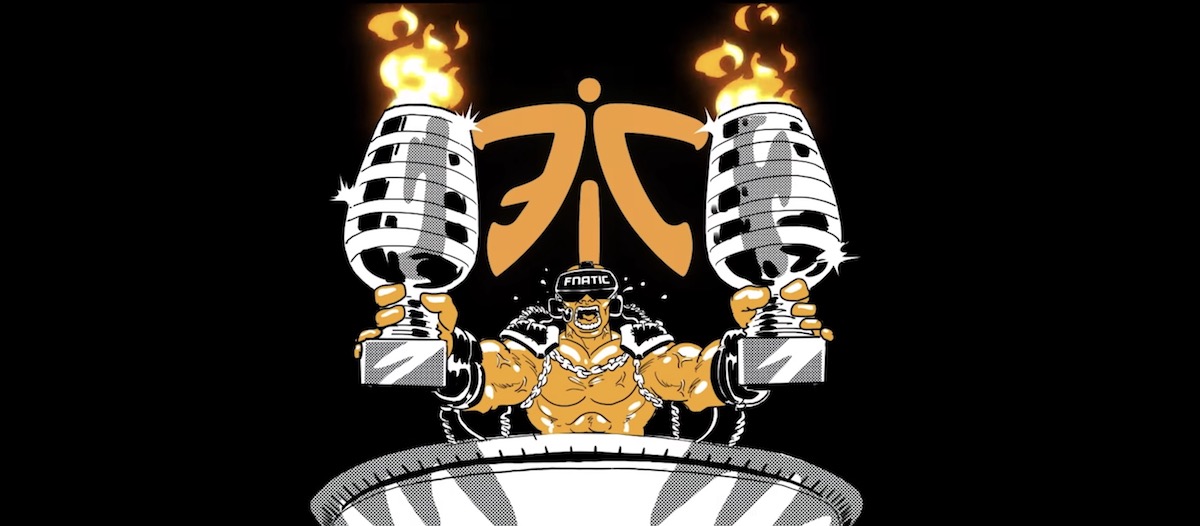
[…] http://blog.seagate.com/consumer/an-interview-with-magic-of-myths-writer-co… Share this:TwitterFacebookDiggEmailRedditStumbleUponGooglePinterestLike this:Like Loading… […]